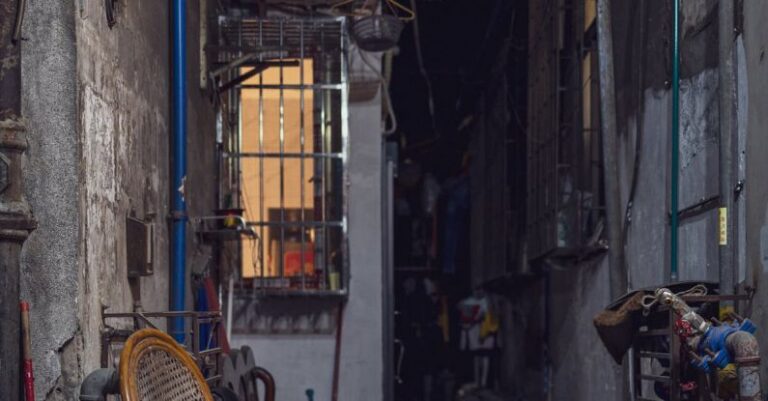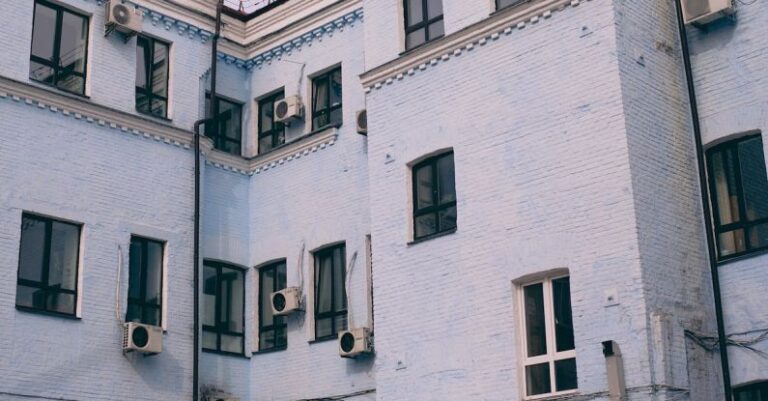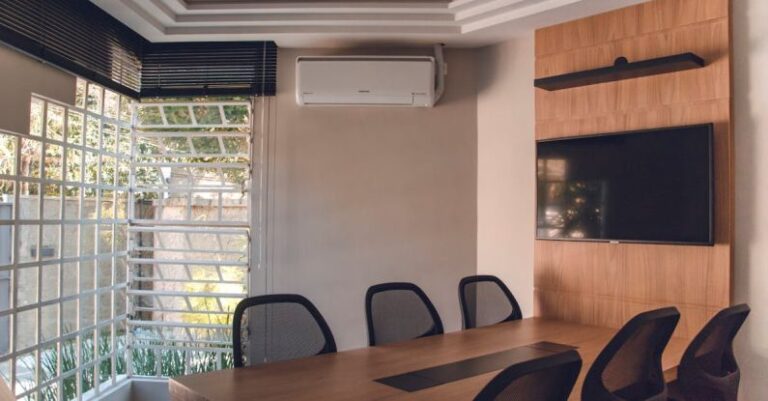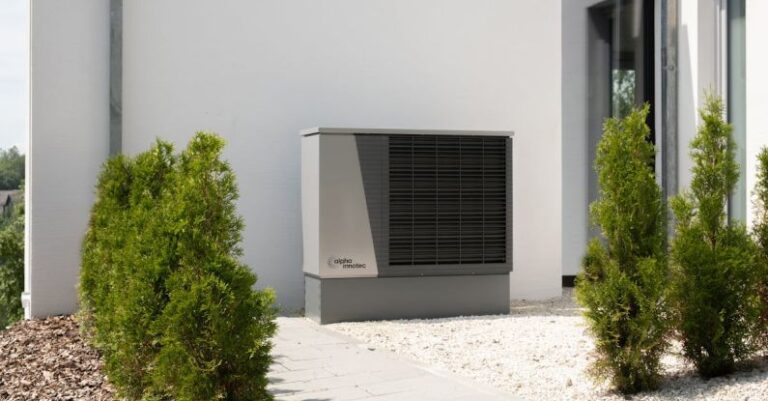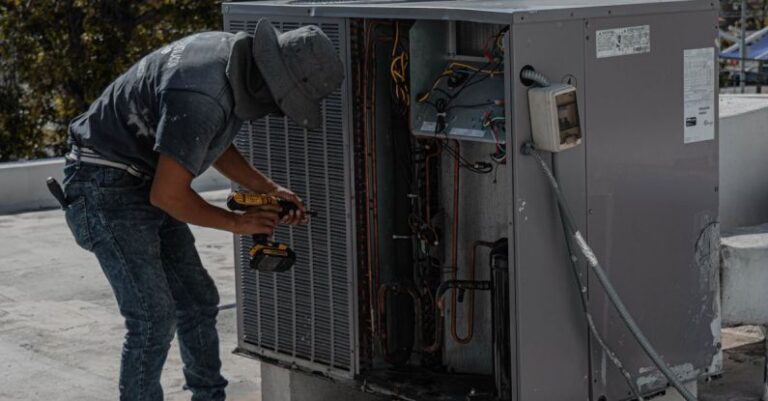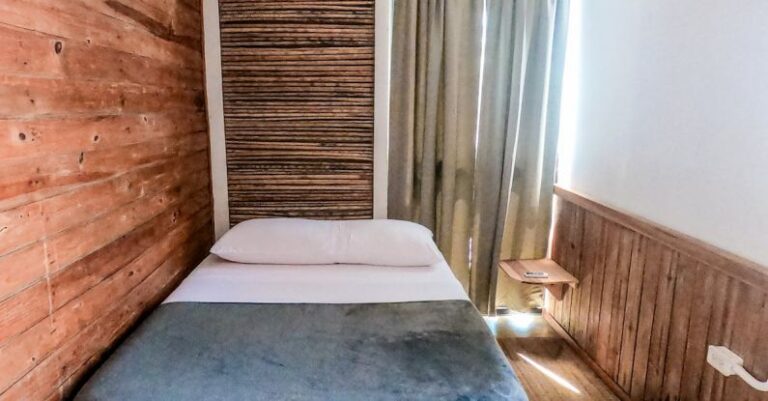
When the sweltering heat of summer hits, there’s nothing more frustrating than turning on your air conditioner only to find that the airflow is poor. Poor airflow can make your home uncomfortable and even lead to potential issues with your air conditioning unit. But fear not, there are several steps you can take to fix an air conditioner with poor airflow. Let’s delve into some practical solutions to get your AC system back up and running efficiently.
Identify the Problem Areas
Before diving into any fixes, it’s crucial to identify the areas in your home where the airflow seems to be lacking. Walk around your house and check each room to see if the airflow is consistent or if there are specific spots where it feels weaker. This initial assessment will help you pinpoint potential issues more effectively.
Check and Replace Air Filters
One of the most common reasons for poor airflow in an air conditioning system is a dirty or clogged air filter. Air filters are designed to trap dust, dirt, and other particles to keep the air in your home clean. However, when filters get clogged, they restrict airflow, making it harder for your AC unit to push cool air into your home.
To fix this issue, locate your air filter (usually found near the return air duct) and check its condition. If it’s dirty or clogged, replace it with a new filter. This simple step can significantly improve airflow and the overall efficiency of your air conditioner.
Clean the Vents and Ducts
Another common culprit for poor airflow is dirty vents and ducts. Over time, dust, debris, and even mold can accumulate in your vents and ductwork, obstructing the flow of air. To address this issue, start by inspecting your vents for any visible blockages or buildup. Use a vacuum cleaner or a brush to remove any debris that may be hindering airflow.
For a more thorough cleaning, consider hiring a professional duct cleaning service. They have the equipment and expertise to clean out your ductwork effectively, ensuring that air can flow freely throughout your home.
Inspect the Condenser Unit
The condenser unit is an essential component of your air conditioning system, responsible for releasing heat from your home to the outside. If the condenser unit is dirty or obstructed, it can lead to poor airflow and decreased cooling efficiency.
To fix this issue, visually inspect the condenser unit located outside your home. Make sure it’s free of any debris such as leaves, twigs, or dirt. You can use a hose to gently rinse off the condenser coils to remove any buildup that may be affecting airflow. Additionally, ensure that there is at least two feet of clearance around the unit to allow for proper airflow.
Check for Leaks in Ductwork
Leaks in your ductwork can also contribute to poor airflow in your home. Small holes or gaps in the ducts can allow cool air to escape before it reaches its intended destination, reducing the overall efficiency of your air conditioning system.
To fix this issue, inspect your ductwork for any visible leaks. Seal any gaps or holes with duct tape or mastic sealant to prevent air from escaping. You can also consider having a professional HVAC technician conduct a more thorough inspection and repair any leaks they find.
Optimize Airflow with Fans
In addition to fixing underlying issues with your air conditioning system, you can also optimize airflow in your home by using fans strategically. Ceiling fans can help circulate air more effectively, creating a more comfortable environment and reducing the strain on your AC unit. Place fans in rooms where airflow seems to be lacking to help distribute cool air more evenly.
Conclusion: Enhancing Your Air Conditioner’s Performance
Fixing an air conditioner with poor airflow requires a combination of simple maintenance tasks and potentially more involved repairs. By regularly changing air filters, cleaning vents and ducts, inspecting the condenser unit, addressing duct leaks, and using fans strategically, you can enhance the performance of your air conditioning system and ensure that your home stays cool and comfortable during the hottest months of the year. Prioritize airflow maintenance to keep your air conditioner running smoothly and efficiently for years to come.
